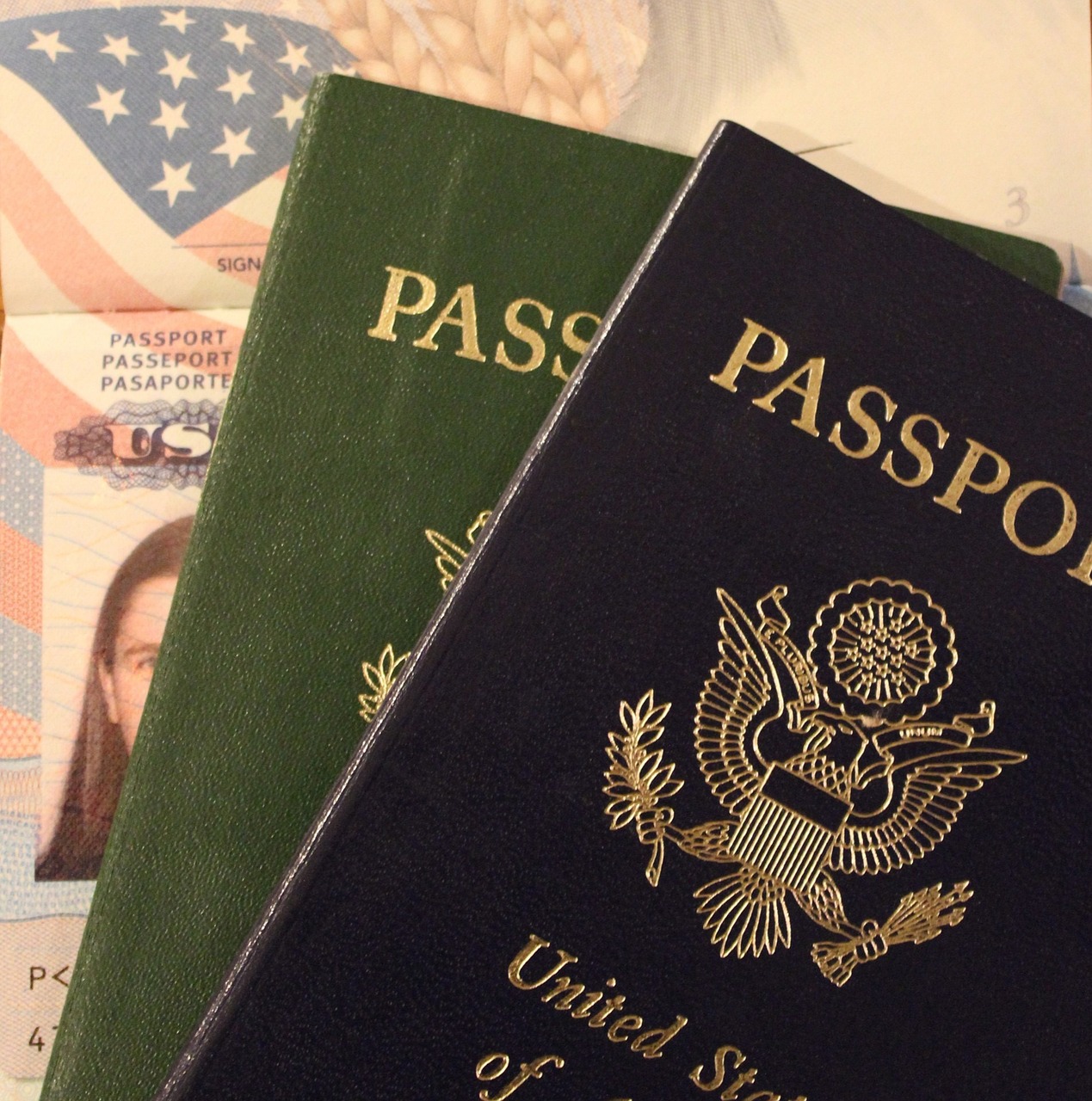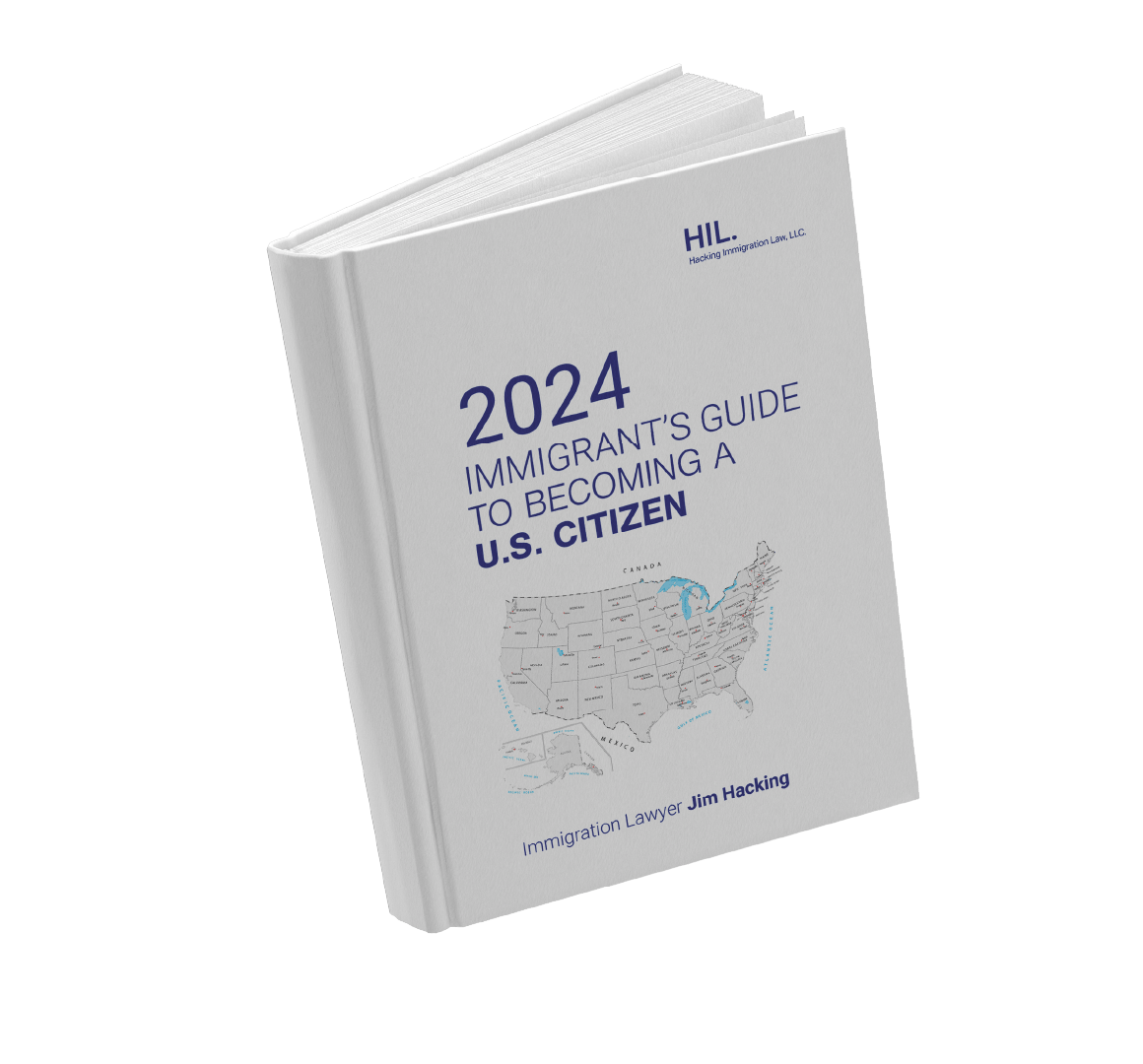Immigration itself has always been a very political issue. The biggest period of immigration to the United States was between 1890 and 1924. At the time, most immigrants came through Ellis Island. There were 5,000 people coming in every day and only about 1 in 50 were rejected, 12 million had entered by 1954 when Ellis Island was closed. Up until the 1850s, 85 percent of immigrants were White. They were from England, Scotland, Ireland, and Germany.
Table of Contents
After World War I, there were a lot of people coming from Italy and the Slavic areas. Many Jewish immigrants from Southern Europe also came at that time. However, even when the United States was admitting a lot of immigrants, many politicians vilified immigrants and painted them in very negative lights. Around this time, we greatly reduced the number of immigrants that could enter the United States. From 1900 to 1915, there were about 50 million immigrants in the United States and the 15 years that followed that, the number dropped precipitously.
This is partially because, in 1924, there was legislation passed by Congress that made it very hard for people to come to the country. Immigrants were being blamed for lower wages and people claimed that they did not assimilate and therefore were a threat to our national unity and the legislation was in response to these rumors.
In World War II, we entered into a treaty with Mexico called the Bracero Program, which was a plan that allowed people to come to the country. Still, up until the 1960s, immigration to the United States was predominantly from Europe, so there were few restrictions on people from Asia and the Middle East coming to the United States and so there was a huge spike in the 1970s and 1980s of people those places.
In 1986 President Regan signed legislation called the Immigration Reform and Control Act. At that point, about 4 million or 5 million people were in the United States without lawful immigration status, and the law put them on a path to obtaining legal status. This is often referred to as amnesty, as it allowed 2 .5 million people to get lawful permanent residence and be on a path to citizenship and also protected immigrants in the workplace for the first time.
In 1996, President Bill Clinton signed a harsh anti-immigration law called the Illegal Immigration Reform and Immigrant Responsibility Act. Under this law, if an immigrant had any kind of criminal history beyond a traffic infraction, they could not stay in the United States. Further, while they were in deportation, they had to remain in jail.
That is called mandatory detention and was used to convince people to leave voluntarily. It also stripped immigration judges of the ability to think about bond for a lot of people or have a way to offer relief.
It also put in place a 10-year bar. Therefore, if someone comes into the United States on a visa and overstays that visa for more than a year, if they leave, they have a 10-year bar on coming back into the United States.
If you have questions about current immigration laws and how they impact you, we have answers. Reach out to Hacking Immigration Law, LLC to discuss your case.








